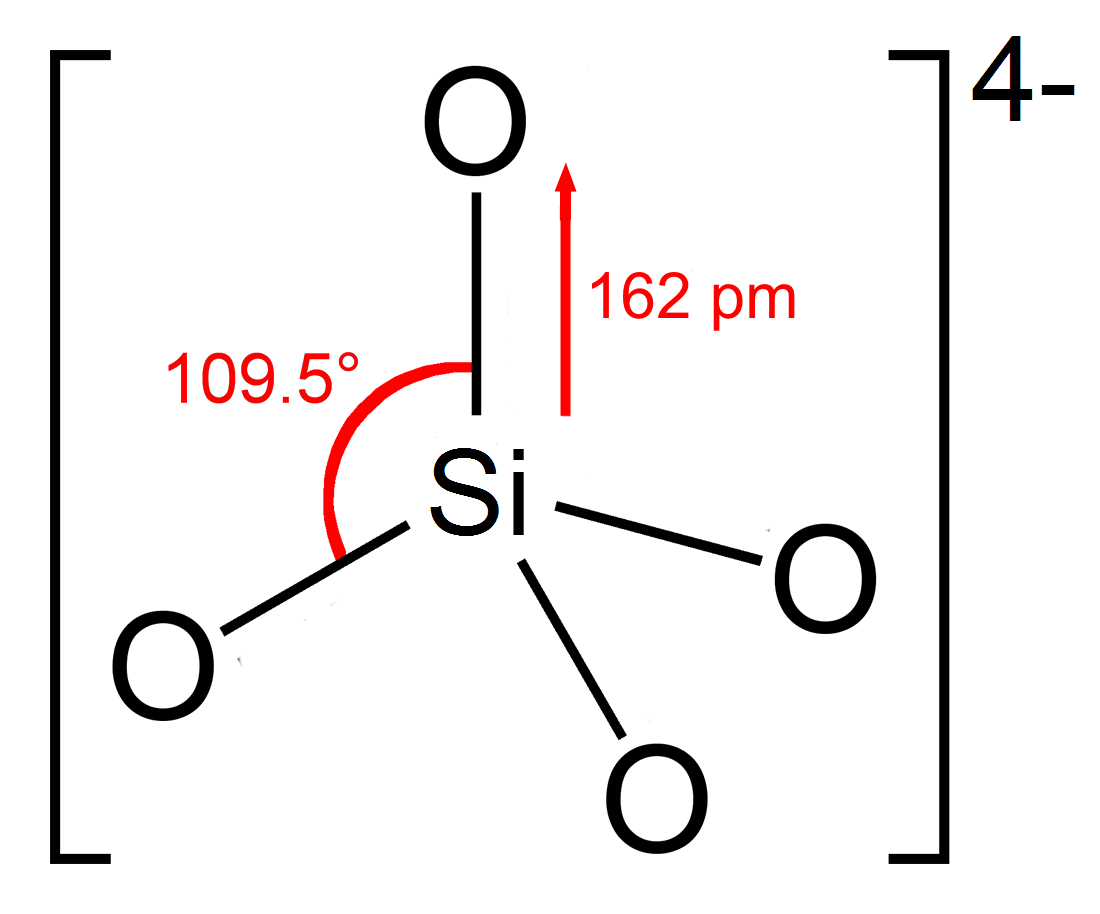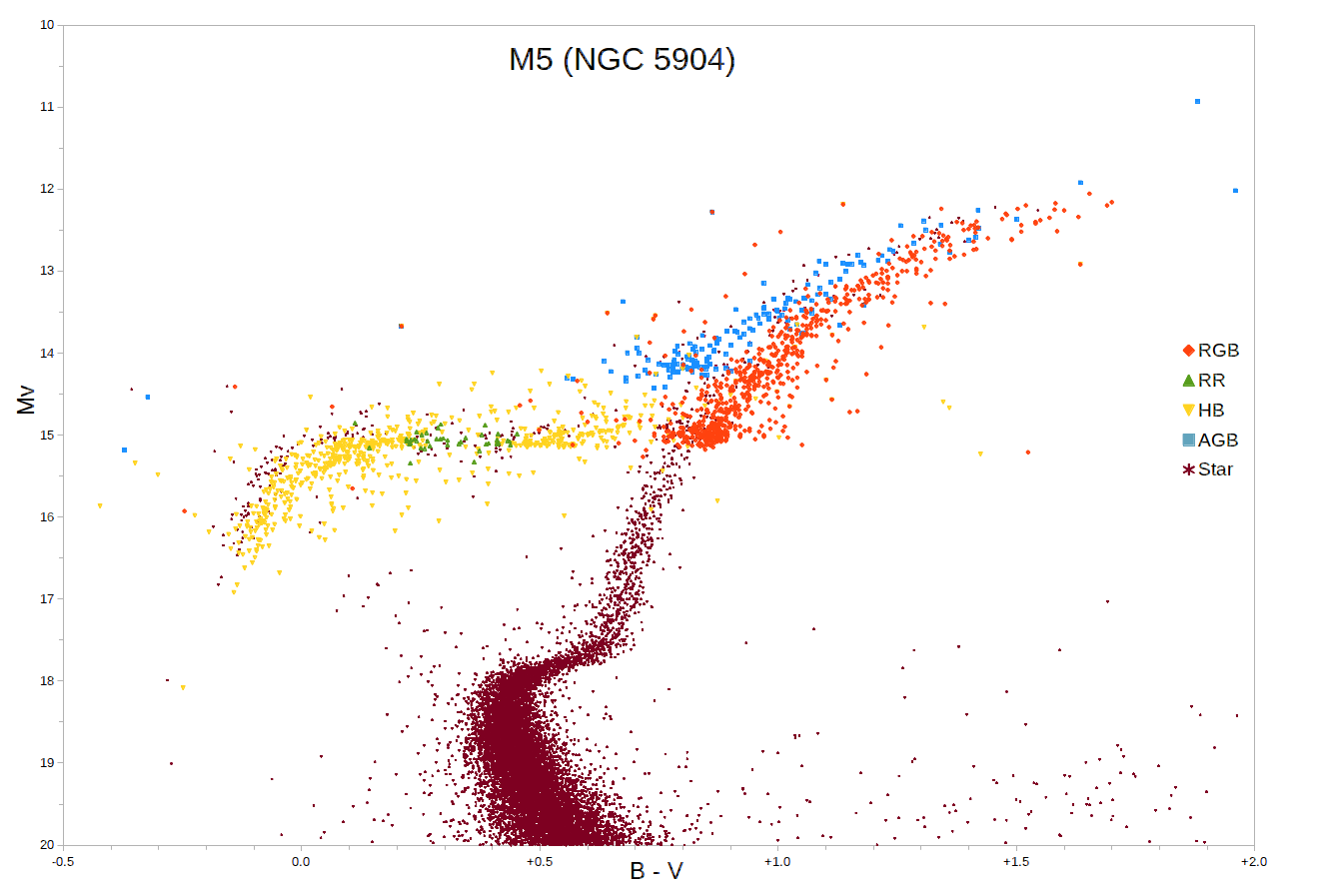|
Carbonaceous Chondrite
Carbonaceous chondrites or C chondrites are a class of chondritic meteorites comprising at least 8 known groups and many ungrouped meteorites. They include some of the most primitive known meteorites. The C chondrites represent only a small proportion (4.6%) of meteorite falls. Some famous carbonaceous chondrites are: Allende, Murchison, Orgueil, Ivuna, Murray, Tagish Lake, Sutter's Mill, and Winchcombe. General description C chondrites contain a relatively high proportion of carbon (up to 3%), which is in the form of graphite, carbonates and organic compounds, including amino acids. In addition, they contain water and minerals that have been modified by the influence of water. The carbonaceous chondrites were not exposed to higher temperatures, so that they are hardly changed by thermal processes. Some carbonaceous chondrites, such as the Allende meteorite, contain calcium-aluminum-rich inclusions (CAIs). These are compounds that emerged early from the primeval solar n ... [...More Info...] [...Related Items...] OR: [Wikipedia] [Google] [Baidu] |
Allende Meteorite
The Allende meteorite is the largest carbonaceous chondrite ever found on Earth. The fireball was witnessed at 01:05 on February 8, 1969, falling over the Mexican state of Chihuahua. After it broke up in the atmosphere, an extensive search for pieces was conducted and over 2 tonnes (2.2 tons) were recovered. The availability of large quantities of samples of the scientifically important chondrite class has enabled numerous investigations by many scientists; it is often described as "the best-studied meteorite in history." The Allende meteorite has abundant, large calcium–aluminium-rich inclusions (CAI), which are among the oldest objects formed in the Solar System. Carbonaceous chondrites compose about 4 percent of all meteorites observed to fall from space. Prior to 1969, the carbonaceous chondrite class was known from a small number of uncommon meteorites such as Orgueil, which fell in France in 1864. Meteorites similar to Allende were known, but many were small and poorly ... [...More Info...] [...Related Items...] OR: [Wikipedia] [Google] [Baidu] |
Solar System
The Solar SystemCapitalization of the name varies. The International Astronomical Union, the authoritative body regarding astronomical nomenclature, specifies capitalizing the names of all individual astronomical objects but uses mixed "Solar System" and "solar system" structures in theinaming guidelines document. The name is commonly rendered in lower case ('solar system'), as, for example, in the ''Oxford English Dictionary'' an''Merriam-Webster's 11th Collegiate Dictionary''. is the gravitationally bound Planetary system, system of the Sun and the objects that orbit it. It Formation and evolution of the Solar System, formed about 4.6 billion years ago when a dense region of a molecular cloud collapsed, forming the Sun and a protoplanetary disc. The Sun is a typical star that maintains a hydrostatic equilibrium, balanced equilibrium by the thermonuclear fusion, fusion of hydrogen into helium at its stellar core, core, releasing this energy from its outer photosphere. As ... [...More Info...] [...Related Items...] OR: [Wikipedia] [Google] [Baidu] |
Silicate
A silicate is any member of a family of polyatomic anions consisting of silicon and oxygen, usually with the general formula , where . The family includes orthosilicate (), metasilicate (), and pyrosilicate (, ). The name is also used for any salt of such anions, such as sodium metasilicate; or any ester containing the corresponding chemical group, such as tetramethyl orthosilicate. The name "silicate" is sometimes extended to any anions containing silicon, even if they do not fit the general formula or contain other atoms besides oxygen; such as hexafluorosilicate . Most commonly, silicates are encountered as silicate minerals. For diverse manufacturing, technological, and artistic needs, silicates are versatile materials, both natural (such as granite, gravel, and garnet) and artificial (such as Portland cement, ceramics, glass, and waterglass). Structural principles In most silicates, a silicon atom occupies the center of an idealized tetrahedron whose cor ... [...More Info...] [...Related Items...] OR: [Wikipedia] [Google] [Baidu] |
Organic Compound
Some chemical authorities define an organic compound as a chemical compound that contains a carbon–hydrogen or carbon–carbon bond; others consider an organic compound to be any chemical compound that contains carbon. For example, carbon-containing compounds such as alkanes (e.g. methane ) and its derivatives are universally considered organic, but many others are sometimes considered inorganic, such as certain compounds of carbon with nitrogen and oxygen (e.g. cyanide ion , hydrogen cyanide , chloroformic acid , carbon dioxide , and carbonate ion ). Due to carbon's ability to catenate (form chains with other carbon atoms), millions of organic compounds are known. The study of the properties, reactions, and syntheses of organic compounds comprise the discipline known as organic chemistry. For historical reasons, a few classes of carbon-containing compounds (e.g., carbonate salts and cyanide salts), along with a few other exceptions (e.g., carbon dioxide, and even ... [...More Info...] [...Related Items...] OR: [Wikipedia] [Google] [Baidu] |
Asteroidal Water
Asteroidal water is water or water precursor deposits such as hydroxide (OH−) that exist in asteroids (i.e., small Solar System bodies (SSSBs) not explicitly in the subcategory of comets). The "snow line" of the Solar System lies outside of the main asteroid belt, and the majority of water is expected in minor planets (e.g. Kuiper belt objects (KBOs) and Centaurs). Nevertheless, a significant amount of water is also found inside the snow line, including in near-earth objects (NEOs). The formation of asteroidal water mirrors that of water formation in the Solar System, either from transfer via bombardment, migration, ejection, or other means. Asteroidal water has recently been pursued as a resource to support deep space exploration activities, for example, for use as a rocket propellant, human consumption, or for agricultural production. History Meteorites Since the early 1800s, meteorites have been assumed to be "space rocks", not terrestrial or atmospheric phenomena. At ... [...More Info...] [...Related Items...] OR: [Wikipedia] [Google] [Baidu] |
CI Group
CI or Ci may refer to: Business terminology * Commercial invoice * Competitive intelligence * Confidential information * Continual improvement * Corporate identity * Customer intelligence, a discipline in marketing Businesses and organisations Academia and education * California State University, Channel Islands * Channel Islands High School * Collegium Invisibile * Confucius Institute Religion * Josephites of Belgium, a Catholic congregation * Christian Identity * Christian Institute, a British charity which promotes Christian values Other businesses and organizations * CI Financial, Canadian investment management company * Charity Intelligence Canada * China Airlines (IATA code) * Cigna health services (NYSE symbol) * Consumers International * Cycling Ireland * CI Records, a music record label * Cambria and Indiana Railroad * CANZUK International, organisation which promotes cooperation between Canada, Australia, New Zealand and the United Kingdom * Conservation Internation ... [...More Info...] [...Related Items...] OR: [Wikipedia] [Google] [Baidu] |
Chondrites
A chondrite is a stony (non-metallic) meteorite that has not been modified by either melting or planetary differentiation, differentiation of the parent body. They are formed when various types of dust and small grains in the early Solar System accreted to form primitive asteroids. Some such bodies that are captured in the planet's gravity well become the most common type of meteorite by arriving on a trajectory toward the planet's surface. Estimates for their contribution to the total meteorite population vary between 85.7% and 86.2%. Their study provides important clues for understanding the origin and age of the Solar System, the synthesis of organic compounds, the Abiogenesis, origin of life and the presence of water on Earth. One of their characteristics is the presence of chondrules (from the Ancient Greek χόνδρος ''chondros'', grain), which are round grains formed in space as molten or partially molten droplets of distinct minerals. Chondrules typically constitute ... [...More Info...] [...Related Items...] OR: [Wikipedia] [Google] [Baidu] |
Carbonaceous Chondrites
Carbonaceous chondrites or C chondrites are a class of chondritic meteorites comprising at least 8 known groups and many ungrouped meteorites. They include some of the most primitive known meteorites. The C chondrites represent only a small proportion (4.6%) of meteorite falls. Some famous carbonaceous chondrites are: Allende, Murchison, Orgueil, Ivuna, Murray, Tagish Lake, Sutter's Mill, and Winchcombe. General description C chondrites contain a relatively high proportion of carbon (up to 3%), which is in the form of graphite, carbonates and organic compounds, including amino acids. In addition, they contain water and minerals that have been modified by the influence of water. The carbonaceous chondrites were not exposed to higher temperatures, so that they are hardly changed by thermal processes. Some carbonaceous chondrites, such as the Allende meteorite, contain calcium-aluminum-rich inclusions (CAIs). These are compounds that emerged early from the primeval solar nebu ... [...More Info...] [...Related Items...] OR: [Wikipedia] [Google] [Baidu] |
Planetary Systems
A planetary system is a set of gravitationally bound non-stellar bodies in or out of orbit around a star or star system. Generally speaking, systems with one or more planets constitute a planetary system, although such systems may also consist of bodies such as dwarf planets, asteroids, natural satellites, meteoroids, comets, planetesimals and circumstellar disks. For example, the Sun together with the planetary system revolving around it, including Earth, form the Solar System. The term exoplanetary system is sometimes used in reference to other planetary systems. Planetary systems are, by convention, named for their host, or parent star, as is the case in our Solar Planetary System, named for its hosting, star, "Sol". Debris disks are known to be common while other objects are more difficult to observe. Of particular interest to astrobiology is the habitable zone of planetary systems where planets could have surface liquid water, and thus, the capacity to support Earth-l ... [...More Info...] [...Related Items...] OR: [Wikipedia] [Google] [Baidu] |
Asymptotic Giant Branch
The asymptotic giant branch (AGB) is a region of the Hertzsprung–Russell diagram populated by evolved cool luminous stars. This is a period of stellar evolution undertaken by all low- to intermediate-mass stars (about 0.5 to 8 solar masses) late in their lives. Observationally, an asymptotic-giant-branch star will appear as a bright red giant with a luminosity ranging up to thousands of times greater than the Sun. Its interior structure is characterized by a central and largely inert core of carbon and oxygen, a shell where helium is undergoing fusion to form carbon (known as helium burning), another shell where hydrogen is undergoing fusion forming helium (known as hydrogen burning), and a very large envelope of material of composition similar to main-sequence stars (except in the case of carbon stars). Stellar evolution When a star exhausts the supply of hydrogen by nuclear fusion processes in its core, the core contracts and its temperature increases, causing the oute ... [...More Info...] [...Related Items...] OR: [Wikipedia] [Google] [Baidu] |
Red Giant
A red giant is a luminous giant star of low or intermediate mass (roughly 0.3–8 solar masses ()) in a late phase of stellar evolution. The stellar atmosphere, outer atmosphere is inflated and tenuous, making the radius large and the surface temperature around or lower. The appearance of the red giant is from yellow-white to reddish-orange, including the stellar classification, spectral types K and M, sometimes G, but also S-type star, class S stars and most carbon stars. Red giants vary in the way by which they generate energy: * most common red giants are stars on the red-giant branch (RGB) that are still stellar nucleosynthesis, fusing hydrogen into helium in a shell surrounding an inert helium core * red-clump stars in the cool half of the horizontal branch, fusing helium into carbon in their cores via the triple-alpha process * asymptotic-giant-branch (AGB) stars with a helium burning shell outside a degenerate carbon–oxygen core, and a hydrogen-burning shell just beyo ... [...More Info...] [...Related Items...] OR: [Wikipedia] [Google] [Baidu] |







